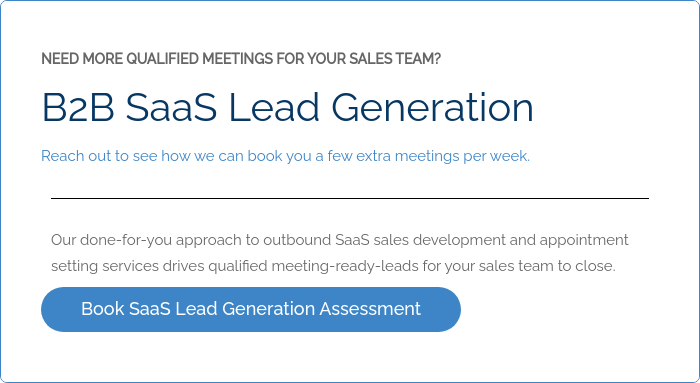Are you struggling to acquire customers and scale your B2B SaaS business? A well-crafted go-to-market strategy might be the key to your success.
In this guide, we’ll provide you with essential steps to create a comprehensive SaaS go-to-market strategy guide that can propel your business forward in a competitive market.
Short Summary
-
Creating a B2B SaaS Go-to-Market Strategy is essential for business growth.
-
Identifying target audience and targeted personas, defining value proposition & unique selling points, choosing the right growth model and crafting marketing sales strategies are key components of GTM strategy.
-
Measuring success with KPIs and iterating based on customer feedback ensures long term success in changing market landscape.
Understanding the Importance of a SaaS Go-to-Market Strategy
In today’s competitive SaaS landscape, having a solid go-to-market strategy is paramount for acquiring new customers and staying ahead of the competition. A GTM marketing strategy also serves as a roadmap, guiding your marketing team in efforts to target the right audience, attract relevant customers, and convert potential customers into paying ones. But how do you craft a successful GTM marketing strategy that leads to business growth?
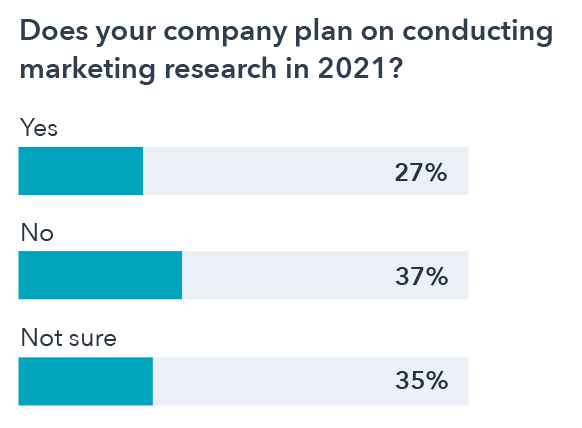
The primary elements of a GTM product and product led gtm strategy strategies and sales led growth strategy include identifying your target audience and buying role-based personas, defining your value proposition and unique selling points, choosing the right sales and product led growth, model, and crafting marketing and sales and go-to-market strategies well.
To illustrate the power of a well-executed GTM product led GTM strategy case study, consider the success of Kaleidos, a startup that launched a tool called remove.bg. By offering the tool for free, Kaleidos garnered media attention and millions of users, eventually converting them into 43,000 customers across 181 countries.
The importance of a GTM strategies cannot be overstated, as it helps B2B SaaS companies navigate the complex world of customer acquisition in an increasingly competitive market. In the following sections, we’ll delve deeper into each step of creating a successful SaaS GTM strategy.
Identifying Your Target Audience and Buyer Personas
Determining your target audience and buyer personas is a critical first step when constructing an effective GTM marketing strategy. Understanding who your ideal customers are and what problems they face enables you to tailor your marketing efforts and create a product that truly resonates with them.
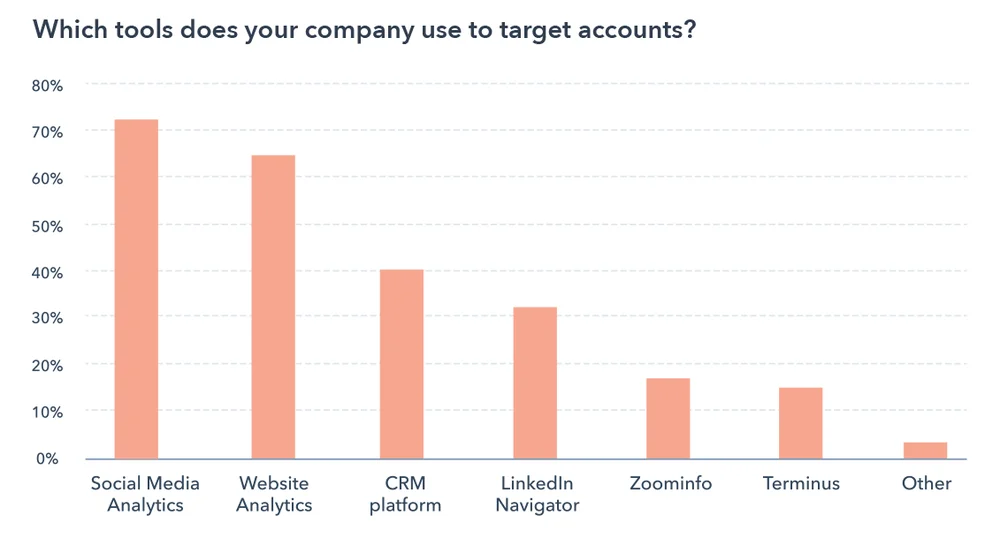 To identify your next target market and audience, start by researching the competition. This will help you uncover areas where you can add value to existing customers and offer new solutions, setting your product apart from others in the target market or niche market itself. Next, create an Ideal Customer Profile (ICP) for each customer segment, outlining their needs, preferences, and readiness to purchase your product.
To identify your next target market and audience, start by researching the competition. This will help you uncover areas where you can add value to existing customers and offer new solutions, setting your product apart from others in the target market or niche market itself. Next, create an Ideal Customer Profile (ICP) for each customer segment, outlining their needs, preferences, and readiness to purchase your product.
In addition to identifying your target audience, consider the roles members of a buying center may play, such as decision-makers, decision makers, influencers, or end users. Understanding these roles across the stakeholder map will help you craft a more targeted GTM strategy that appeals to all stakeholders involved in the buying process.
Defining Your Value Proposition and Unique Selling Points
Establishing a value proposition and unique selling points (USPs) is crucial for differentiating your product from competitors and attracting potential customers. Your value proposition should outline the advantages of your product, how it fulfills customer requirements, and what sets it apart from other offerings.
To develop a compelling value proposition, consider using a value matrix. This tool helps you communicate the purpose and rationale of your SaaS product to all stakeholders, identifying specific customer pain points and how your product provides the solution. By addressing these pain points, you create a unique value proposition that resonates with your target audience.
For example, Thinx, a company that provides washable underwear, has a unique selling point of offering a two-year guarantee on their products. This SaaS unique selling point sets them apart from competitors and appeals to customers looking for a durable, eco-friendly option.
Choosing the Right Growth Model: Product-Led vs. Sales-Led
When it comes to growth models, B2B SaaS companies typically choose between product-led and a both a sales team and marketing team, and marketing and sales team-led strategies. A product-led strategy focuses on the product experience to drive conversions, while a more sales team-led strategy relies on marketing and sales teams to generate leads and persuade prospects to convert. The choice between these models depends on the type of SaaS product and industry you’re operating in.
Product-led go to market strategies most often involve offering a free version of the product to attract users, banking on the product’s value to eventually convert them into paying customers.
This approach is particularly effective for products with a clear value proposition and ease of adoption by users. On the other hand, sales-led lead generation strategies prioritize marketing initiatives and the sales and marketing team’s ability to deliver lead generation acquire customers transform leads into customers. Companies like Microsoft and Salesforce are examples of businesses that utilize sales-led growth.
In deciding which growth model is right for your business, consider factors such as your product’s unique value proposition, ease of adoption, compatibility with other tools, and the preferences of your target audience.
Crafting Your Marketing and Sales Strategies
To create effective, marketing campaigns and sales strategy that is scalable years from now, B2B SaaS companies should employ a mix of inbound and outbound techniques, such as: content marketing strategies, search engine optimization, email campaigns, and cold outreach.
In the next subsections, we’ll explore these techniques in more detail.
Inbound Marketing Techniques
Inbound marketing involves creating content tailored to the needs of your target audience and optimizing your website for improved visibility. By offering valuable content that resonates with your audience, you can attract relevant customers and establish your brand as an authority in your own niche market.
To enhance your organic marketing channels, focus on targeting the right keywords and creating a lasting impact core brand message on your audience. Examples of inbound marketing techniques include blog posts, eBooks, webinars, and social media marketing campaigns. By your core brand message and investing in these activities, you can generate leads that are easier to convert and more cost-effective to acquire compared to outbound leads.
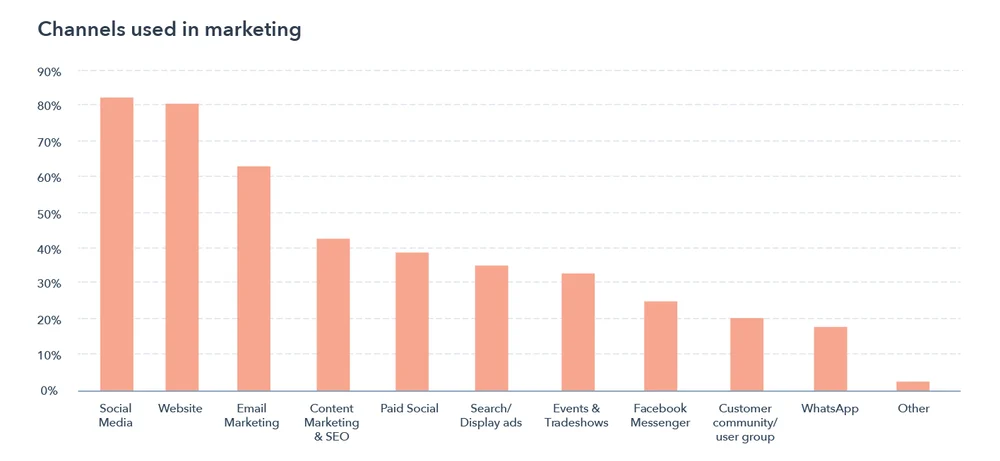
To illustrate the power of persona-driven content marketing outreach for product led growth, consider Dropbox, a SaaS company that successfully multichannel marketing into its GTM product led growth strategy. Through engaging in these content marketing outreach strategies, Dropbox managed to make sales tax reduce customer acquisition costs and increase product awareness, which led to measurable net new customer sign-ups.
Outbound Marketing Tactics
Outbound marketing tactics involve reaching potential customers through paid ads, cold emails, and other methods. While these tactics may require a higher upfront investment compared to inbound and marketing channels, they can be effective in generating leads and raising brand awareness. Examples of outbound marketing tactics include running targeted ads on social media platforms, Google Ads, and industry-specific websites, as well as cold emailing and direct mail campaigns.
For early-stage SaaS companies, prioritizing outbound marketing can be beneficial if there isn’t a strong need for content marketing or SEO opportunities. Another way to bolster outbound marketing efforts is to utilize online forums, such as Reddit, Indie Hackers, and Hacker News. By engaging in these communities and sharing valuable insights, SaaS companies can draw in potential customers and establish themselves as thought leaders within their industry.
Sales Techniques and Processes
The success of a GTM sales or product led growth strategy often hinges on the effectiveness of sales techniques and processes, which involve understanding customer needs to attract customers, building relationships to win customers, and closing deals to attract new customers. By tailoring your own sales strategy and approach to address customer pain points and preferences, you can increase your chances of winning over prospects and growing your customer base.
One sales technique to consider is solution selling, which focuses on recommending products or services that are specifically tailored to address a prospect’s needs, problems, and concerns. By positioning solution selling your product as the solution to their issues, you can build trust and credibility with potential customers.
After generating interest through inbound or outbound methods, initiate sales conversations and guide leads to further educational content before directing them into the sales funnel. This approach ensures that prospects are well-informed about your product and its value, increasing the likelihood of conversion.
Implementing Pricing and Packaging Strategies
Devising effective pricing and packaging strategies requires a deep understanding of your customer personas, product-market fit, payment preferences, and cost criteria. Subscription-based pricing models are common among SaaS and enterprise companies now, offering customers the flexibility to choose a plan that suits their needs and budget.
To select the right pricing model for your SaaS product, consider factors such as operational costs, the value of your product, and the preferences of your company size target audience. Additionally, establishing a value metric for enterprise customers is crucial for setting appropriate pricing and ensuring revenue growth in line with the value offered to enterprise customers.
For example, a SaaS company offering project management software might offer tiered pricing plans based on the number of users, features available, and storage capacity. This approach allows customers to choose a plan that best meets their needs, while also enabling the company to generate revenue in proportion to the value provided.
Measuring Success: Key Performance Indicators (KPIs)
To ensure the effectiveness of your go-to-market strategy, it’s crucial to monitor key performance indicators (KPIs) that provide insights into your progress and areas for improvement. Examples of KPIs include customer acquisition cost, per customer acquisition cost, customer lifetime value, and churn rate.
Tracking KPIs can be achieved using analytics tools like Google Analytics, Mixpanel, and Amplitude, which provide valuable data on user behavior and engagement. By analyzing these metrics, you can identify trends and patterns that indicate the success of your GTM strategy, as well as areas that may require adjustments.
Regular monitoring and analyzing KPIs not only helps you gauge the success of your GTM strategy, but also enables you to make data-driven decisions to optimize your marketing efforts and improve customer acquisition and retention.
Adapting and Iterating Your Go-to-Market Strategy
An effective go-to-market strategy is not static; it requires continuous adaptation and iteration based on customer feedback and data. By regularly reviewing and adjusting your GTM strategy, you can ensure its ongoing success and relevance in a constantly changing market landscape.
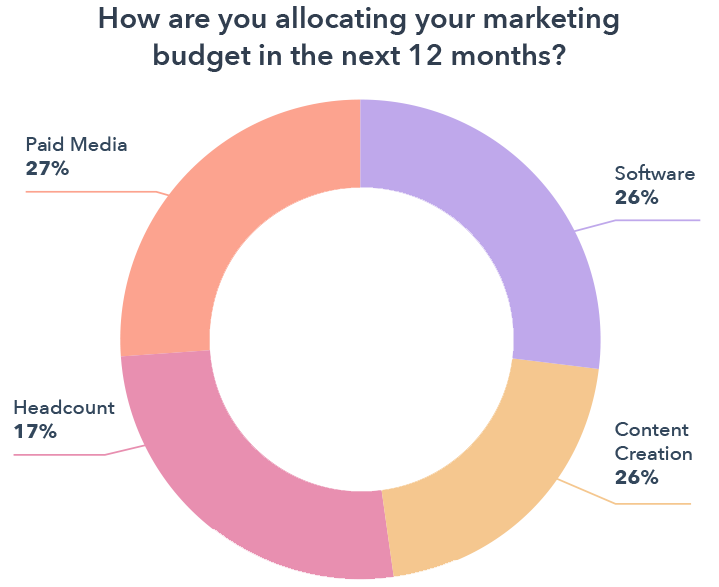
A great go-to-market strategy example is Privy, an e-commerce marketing platform, adapted its GTM strategy by implementing a Harvard Business School showed in this article that freemium pricing model that allowed them to acquire new subscribers without cost objections, and then incrementally increase their customer lifetime value as existing customers became more successful e-commerce entrepreneurs. This adaptation proved successful and allowed enterprise companies and Privy to grow its own customer base and lifetime- base.
The first 100 paying customers may not guarantee successful SaaS businesses looking to scale (CLV/CAC >3), but their feedback and data can provide invaluable insights for further refining your GTM strategy. Continuously iterating and adapting your go to market strategy based on these data-driven insights will position your SaaS platform for long-term scalable and repeatable revenue growth.
SaaS Go-to-Market Strategy Playbook and Examples
A SaaS go-to-market strategy framework can serve as a helpful starting point for crafting your company size own GTM strategy. As a starting point, GTM playbooks and examples are available for download can provide guidance and inspiration for crafting a more successful business strategy that drives growth and less customer acquisition costs.
The importance of a well-crafted SaaS GTM product development and sales strategy cannot be overstated, as it ensures your product achieves success in the market. For instance, Loom, a screen recording tool, achieved rapid market adoption due to the virality of its product and a well-executed GTM sales product development strategy.
These templates and examples can provide valuable insights and best practices for developing and implementing a GTM strategy that sets your SaaS business on the path to successful business moving forward with a customer success team. By following the steps outlined in this guide and learning from successful examples, you can create a robust GTM strategy that your customer success team propels your business forward.
Summary
In conclusion, crafting a comprehensive SaaS go-to-market strategy is crucial for acquiring customers and achieving success in a competitive market. From your product market fit identifying your target audience and buyer personas to defining your value proposition and unique selling points for competitive advantage. Harvard Business School article cited each step plays a crucial role in your competitive advantage and ensuring your product stands out and resonates with potential customers.
By choosing the product market fit the right growth model, crafting effective marketing and sales strategies, implementing SaaS pricing and packaging strategies, and continuously monitoring and adapting your GTM strategy based on data and customer feedback, you can position your SaaS business for long-term success.
The journey to success may be challenging, but with a well-executed go-to-market strategy, your SaaS business can thrive in a competitive market, attract customers, and achieve lasting growth. It’s time to take action, craft your own SaaS GTM strategy, and propel your business toward a successful future.
Frequently Asked Questions
How to build a GTM strategy SaaS?
Building an effective GTM strategy for B2B SaaS requires identifying the right target audience, creating a compelling value proposition and messaging, determining an appropriate sales and pricing strategy, selecting an effective marketing distribution strategy and strategizing SaaS customer acquisition funnels experience.
With careful planning and execution, any SaaS business can reach their desired goals.
What are the 3 main parts of GTM?
A successful go-to-market strategy is composed of three core parts: market intelligence, or market research and CRM segmentation, and a product development strategy, pricing strategy, and messaging. These components are essential for understanding your customer base, defining the best approach to reach them, and effectively communicating the benefits of your product.
To gain market intelligence, you need to understand the needs and wants of your target market of customers. This includes researching their demographics, interests, and behaviors. You should also consider their buying habits and preferences, viewable through segment segmentation.
How do you create a go-to-market strategy template?
To create a your own B2B SaaS go-to-market strategy, plan and go to market strategies go-to-market strategy template, identify the buying center and personas, craft your strategy examples, a value-based matrix for go to SaaS market strategies help identify sales-ready messaging, test your messaging, optimize your ads based on the results of your tests before implementing them on a wide scale, understand your buyer’s journey, do market research, competition and demand, decide key messaging, and set concrete goals.
Understanding the buying center and personas that win customers is key to crafting a successful go-to-market strategy. A value matrix can help identify the messaging that resonates with the target audience. After testing the messaging, optimize the ads based on the results before implementing them on a wide scale.
It is also important to understand the buyer’s journey and research the competition and demand. This will help your go to market plan, decide the key messaging and set concrete goals.

